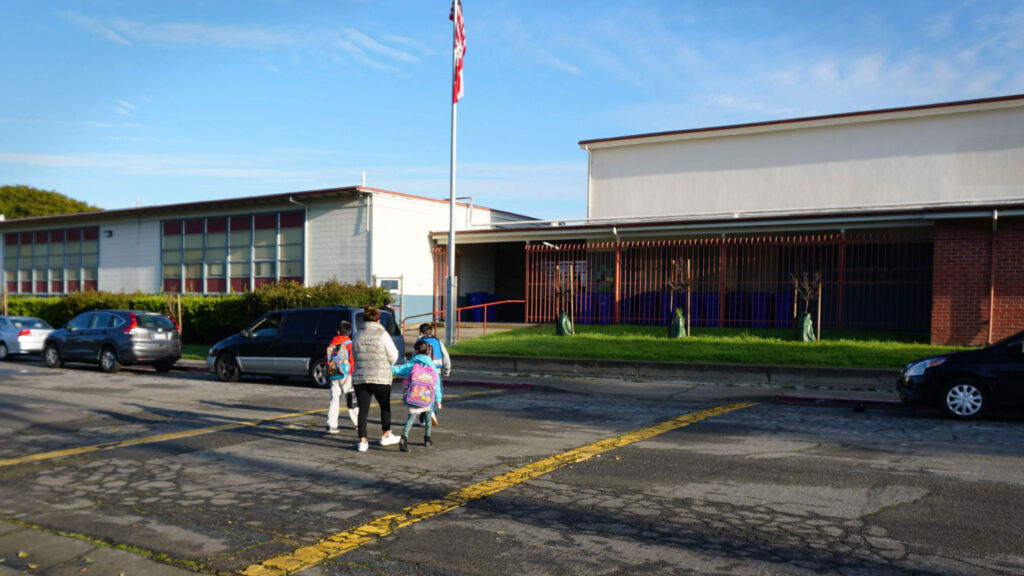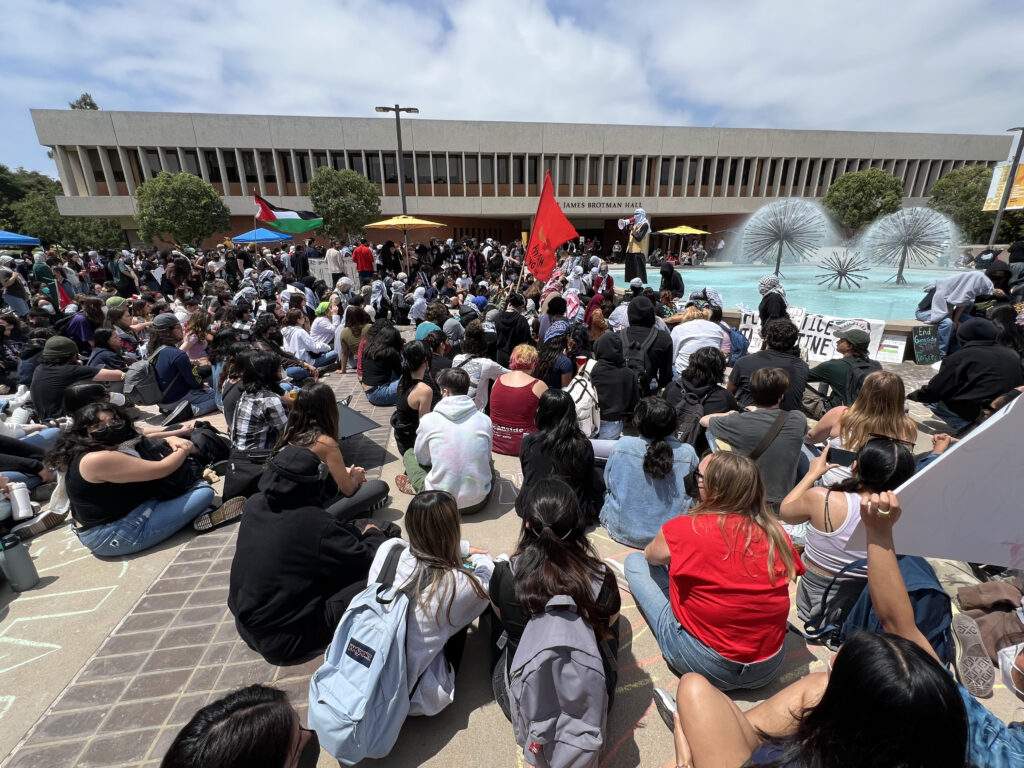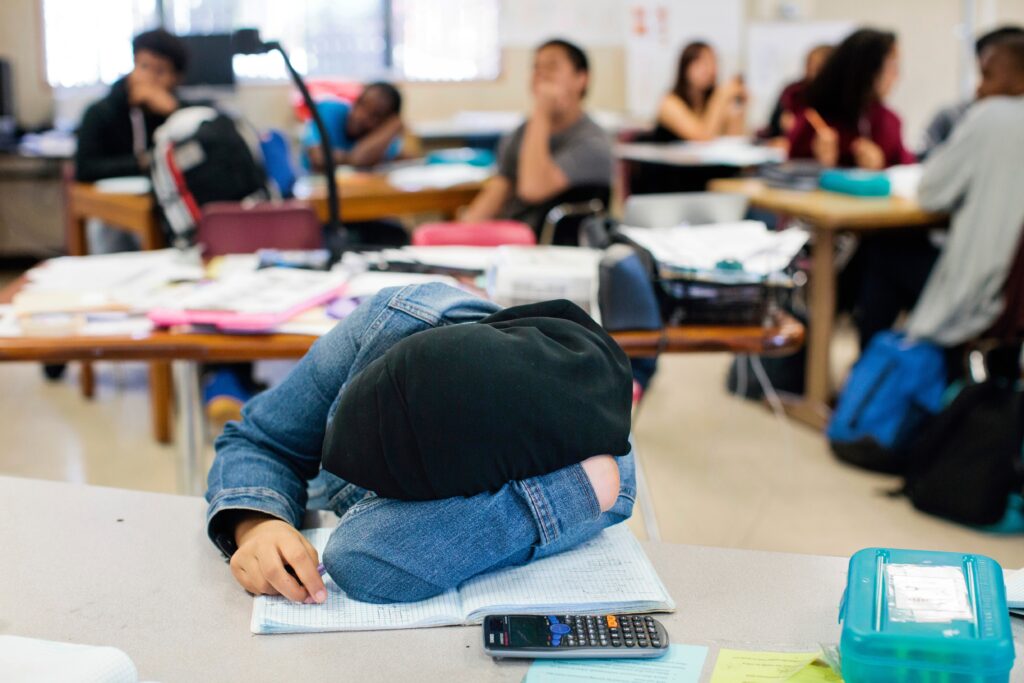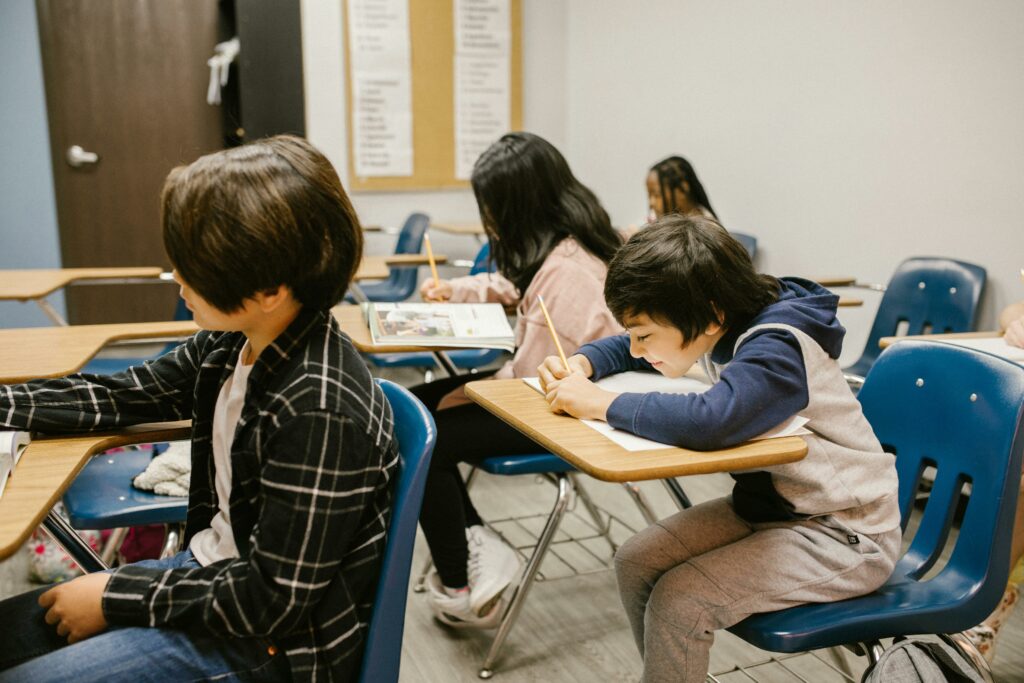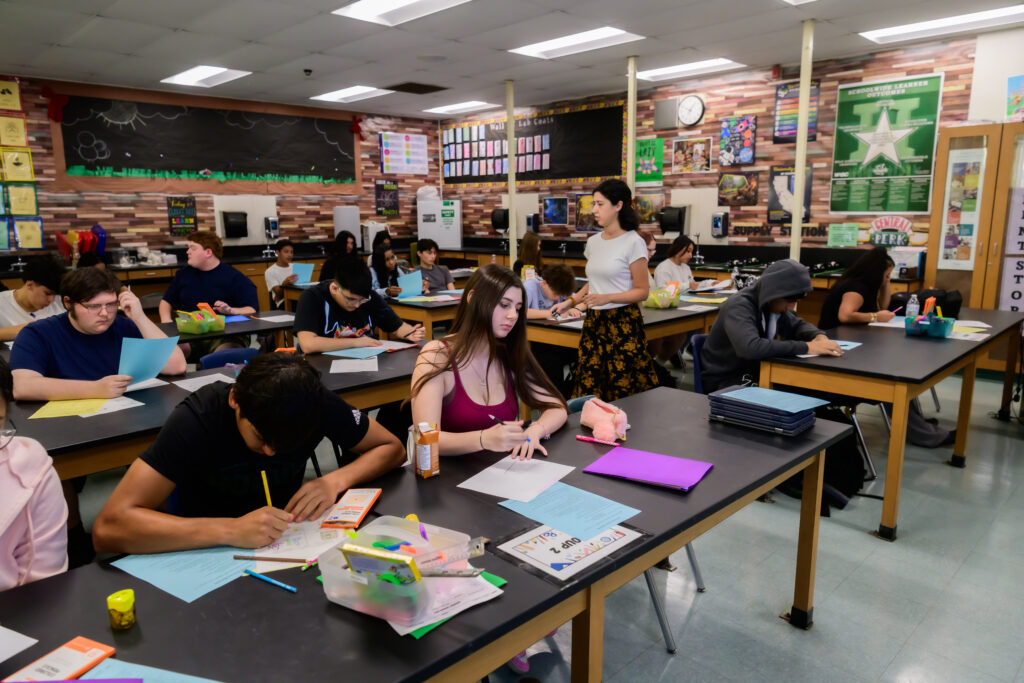
Credit: Andrew Reed/EdSource
Top Takeaways
- Plumas Unified in northeast California, with an enrollment of about 2,000 students, will be the first district in over a dozen years to seek a state bailout.
- California’s system of financial oversight of school districts has mostly worked, having kept all but nine of them from seeking a state bailout loan to avert insolvency.
- The key to keeping school districts from financial disaster has been close oversight by county offices of education and monitoring by the Fiscal Crisis and Management Assistance Team.
Plumas Unified, a small school district in the Sierra Nevada in far northeast California, is on track to become the first district in over a dozen years to join nine others that have had to get a bailout loan from the state to avert bankruptcy.
In the last week of April, its school board voted to request an emergency state loan of up to $20 million, explaining that it has “exhausted all of its sources of alternative liquidity and any external sources of short-term cash.”
The district joins a select group of districts that no one wants to belong to.
A state bailout is accompanied by rigorous state and county oversight, loss of local control, extra expenses in paying off the loan, and other conditions that last for years.
“Manage your finances because you don’t want this,” said James Morris, the administrator appointed to oversee Inglewood Unified in Los Angeles County, which has been in state receivership for 13 years.
Carl Cohn, a leading educator who was superintendent in Long Beach Unified and San Diego Unified, and a former member of the State Board of Education, says getting a state bailout is a fate to be avoided at all costs.
“It’s really important to maintain that sense of an empowered community through locally elected officials,” he said.
From the state’s perspective, “There’s no way the state is itching to get its hands on these districts either,” said Richard Whitmore, the first state-appointed administrator at Compton Unified after it got an emergency bailout loan in 1993.
“It’s bad for public education to have these districts fall into what is essentially bankruptcy,” said Whitmore. “It costs the state a ton of money to intervene and do all this work, which they are not well-prepared to execute, so they have to go into crisis mode when it happens.”
On the face of it, however, it is remarkable that fewer than 10 school districts, out of close to a thousand in California, have had to submit to state receivership in return for getting a bailout.
It suggests that the state’s system of oversight is mostly working as planned.
Districts Placed Under State Receivership
West Contra Costa Unified, 1990*
Loan amount: $28.5 million.
Low-income students: 63%**
Coachella Valley Unified, 1992
Loan amount: $7.3 million.
Low-income students: 92.4%
Compton Unified, 1995
Loan amount: $19.9 million
Low-income students: 93%
Emery Unified, 2001
Loan amount $1.3 million.
Low-income students: 52%
Oakland Unified, 2003
Loan amount: $100 million
Low-income students: 80%
West Fresno Elementary: 2003***
Loan amount: $1.3 million
Low-income students: 86%
South Monterey County Joint Union High, 2009
Loan Amount: $13 million
Low-income students: 85%
Vallejo City Unified 2004
Loan amount: $60 million
Low-income students: 85%
Inglewood Unified, 2012
Loan amount: $29 million
Low-income students: 87 pct.
*Date refers to the year the loan was awarded.
**Low-income refers to the percentage of students qualifying for free and reduced price meals.
***District merged with Washington Unified; low-income figure is for Washington Unified.
That system came into existence in response to West Contra Costa Unified’s insolvency in 1990, when it became the first district to get a bailout from the state.
Assembly Bill 1200 in 1991 decreed that, as a condition of receiving a loan, the state superintendent of public instruction must appoint an administrator to oversee the district. Under 2018 legislation (AB 1840), it is now the county superintendent of schools who appoints the administrator.
The 1991 legislation also established an independent fiscal oversight agency, the Fiscal Crisis and Management Assistance Team, or FCMAT (universally pronounced “Fickmat” in education circles).
One reason only a small number of districts have had to turn to the state for a bailout has been the effectiveness of FCMAT, and the stability of its leadership. Since its founding, it has had only two CEOs, Joel Montero and Michael Fine, its current leader. Both are highly regarded in education circles.
Another factor is that school districts must submit their budgets to county superintendents for review at least three times during the year, known as the first and second interim budgets, and the final budget, which must be approved by July 1.
“They’re the early warning system,” said Karen Stapf Walters, executive director of California County Superintendents, referring to the school superintendents in all 58 counties. “When they see a district going south, they jump in with body and soul and give a district whatever it needs to get back on track.”
Fine said FCMAT’s role is to steer school boards to the point that they ultimately sit down and do what they need to do when they need to do it.”
But getting out of receivership is an arduous process. Districts have to meet over 150 standards set by FCMAT, in areas such as financial management, pupil achievement, personnel and facilities management, governance and community relations.
Even after it meets those standards, and the administrator leaves, the district is likely to be paying off its loan still. The county superintendent then appoints a trustee with fewer powers than the administrator, but who can still veto financial decisions made by the elected school board until the last loan payment is made.
Many school leaders say the funds and years that districts spent paying off a loan could have supported current education programs. “The children sitting in classrooms in Inglewood today are paying for mistakes made, many of them before they were even born, by folks who are not here any longer,” said Inglewood’s Morris.
In West Contra Costa’s case, it took 21 years to pay off its bailout loan of $28.5 million, plus $19 million in interest and fees.
When the district paid its final installment in 2012, then-board member Madeline Kronenberg called it “Independence Day” for the district. But she regretted that years of loan payments meant “thousands and thousands of children were unable to get what other districts provide.”
And yet, enduring years of state receivership doesn’t necessarily translate into a district’s long-term financial health.
Just the opposite. Of the nine school districts that have been through state receivership — all serving mostly low-income students — at least five are still experiencing severe financial difficulties.
Coachella Valley Unified, which got a bailout loan in 1992, is cutting hundreds of jobs as it tries to close a $6 million shortfall. Inglewood Unified is about to close five schools, including its storied Morningside High School.
In what should be cause for celebration in Vallejo and Oakland, both will pay off their state loans next month and regain full control of their districts for the first time in 20 years.
But both districts still face major financial challenges. Vallejo City Unified, dealing with a budget shortfall of $36 million, is on the verge of closing two schools. Oakland is similarly struggling, with considerations of another insolvency not yet off the table.
West Contra Costa, whose budget just received a “positive certification” from the county office of education, is still operating with a structural deficit and will rely on reserves to get through the next two years.
At times, the underlying conditions that got districts into trouble persist, such as declining enrollments and the absence of strong fiscal leadership by subsequent school boards or superintendents. Too often, the lessons learned from earlier financial meltdowns are forgotten or ignored.
One district that has turned around is Compton Unified, which, under the leadership of Superintendent Darin Brawley, has made significant improvements not only on the academic front but also in achieving financial stability.
Brawley said he only calculates his budgets based on funds actually in district coffers, not on funds it is slated to receive. In addition, he made cuts gradually over the years as conditions warranted, and did not wait until the district was in crisis.
He says district officials are too often “conflict-averse,” and “rather than make the tough choices, and what may be the right decisions to remain fiscally stable, they will oftentimes not make decisions, and then the problem balloons into a much bigger issue.”
Now it’s Plumas Unified’s turn to cede control to the state. In late April, facing an $8 million deficit on its $42 million budget, Plumas Unified’s board called a special meeting to request a state bailout loan.
The district covers 2,600 square miles, a vast area in the Sierra Nevada, providing schooling for about 2,000 students with few other options.
How did it escape the oversight system that has, over the past dozen years, kept every other district but nine from having to turn to the state to bail them out?
“Plumas unfortunately came up on the radar too late for us to help them,” said FCMAT’s Fine. One reason, he said, is because “I don’t think they were being 100% honest about their numbers.”
For example, the district awarded staff a 14% pay increase, without having a viable way to calculate its costs, he said. “Without reliable numbers, it is difficult to know the condition of a district and thus to get in early enough to assist.”
Editor’s note: Richard Whitmore is a member of the EdSource board of directors.
Next Week: Inglewood Unified’s unfinished journey to get out of state receivership
